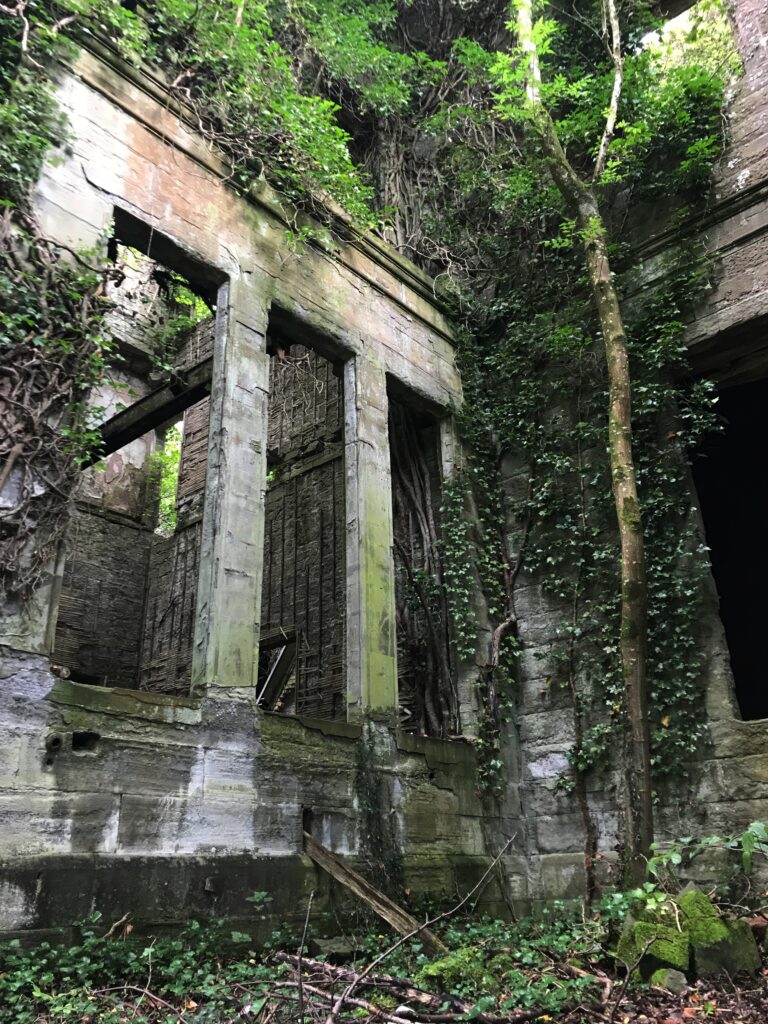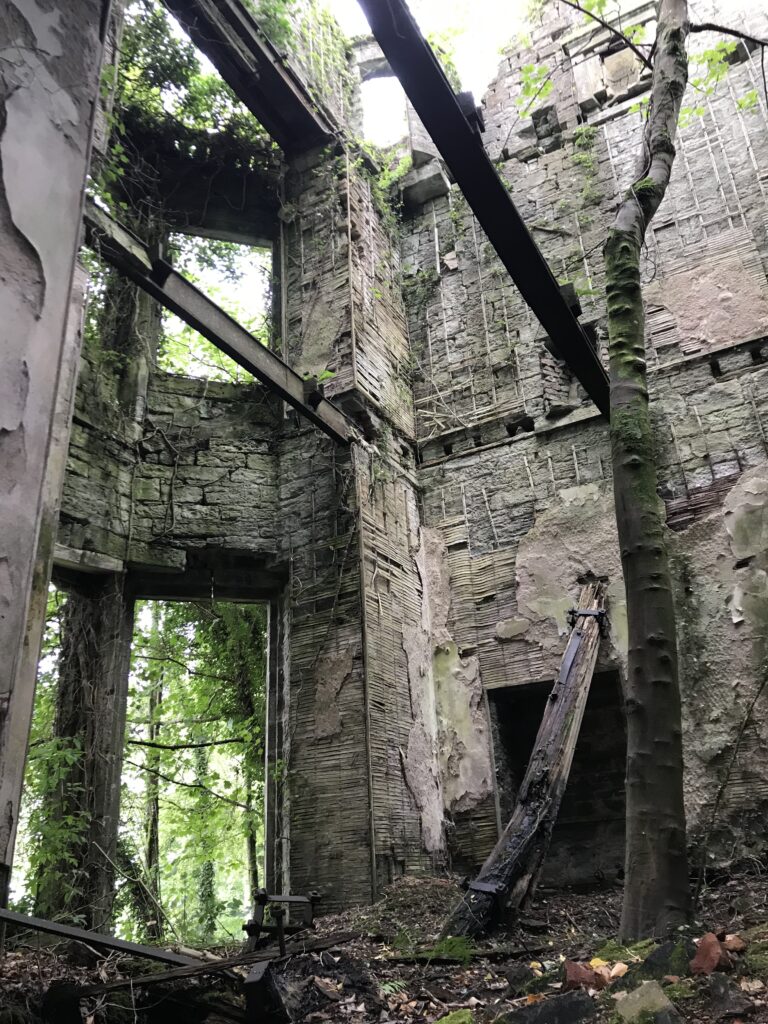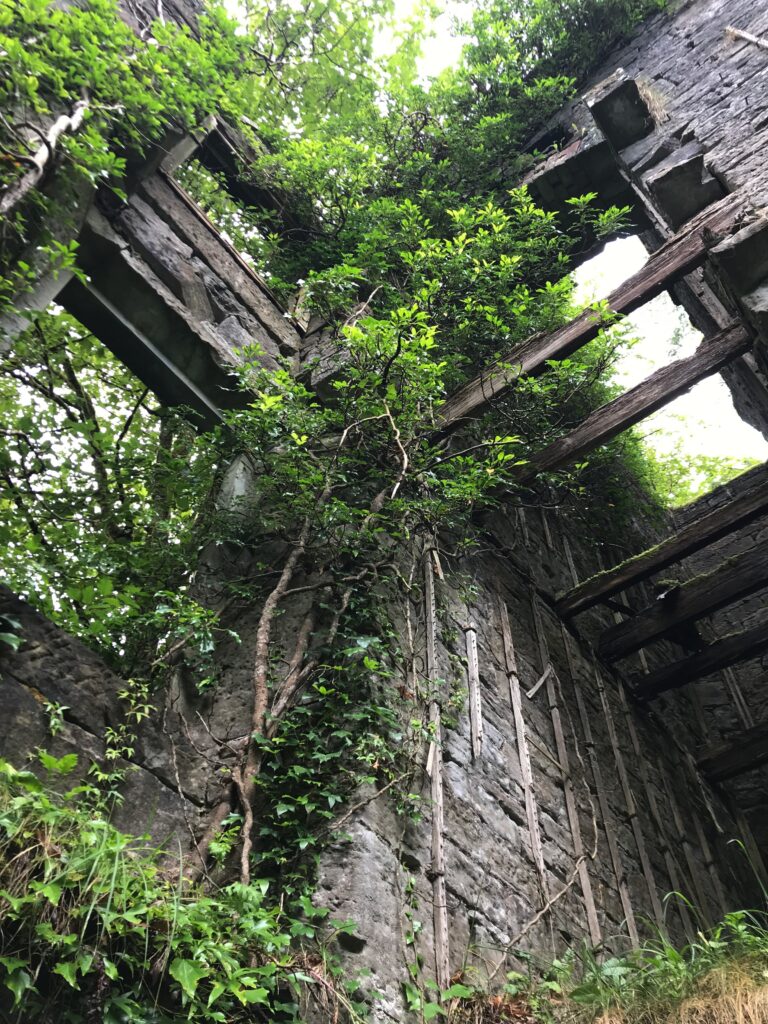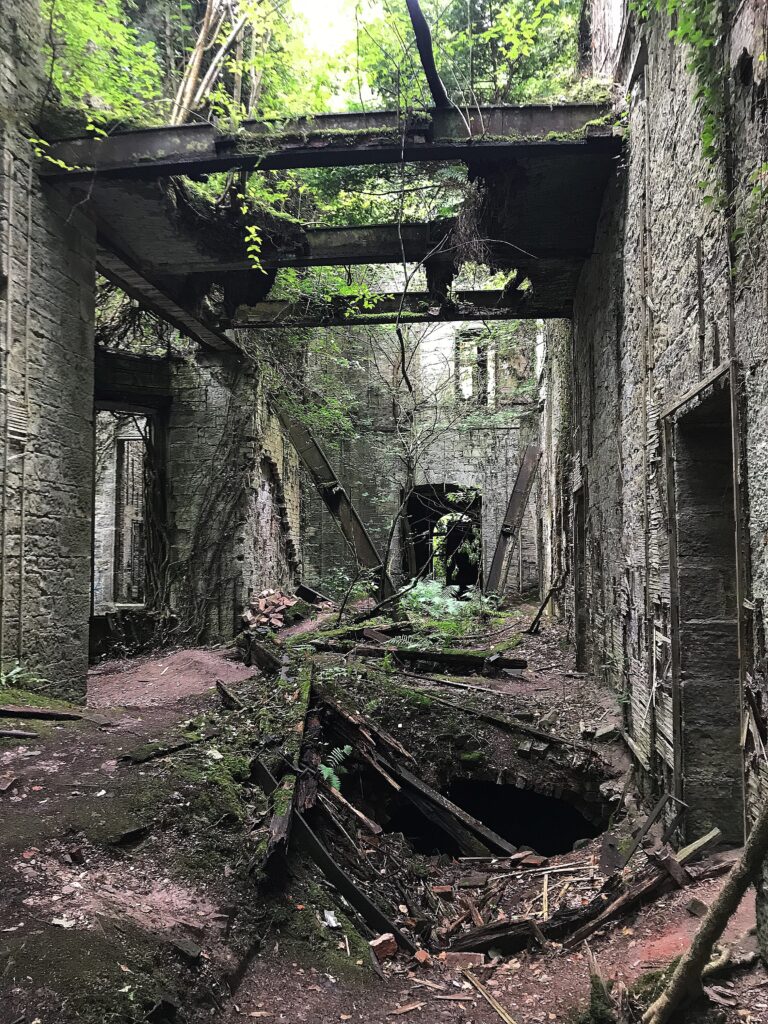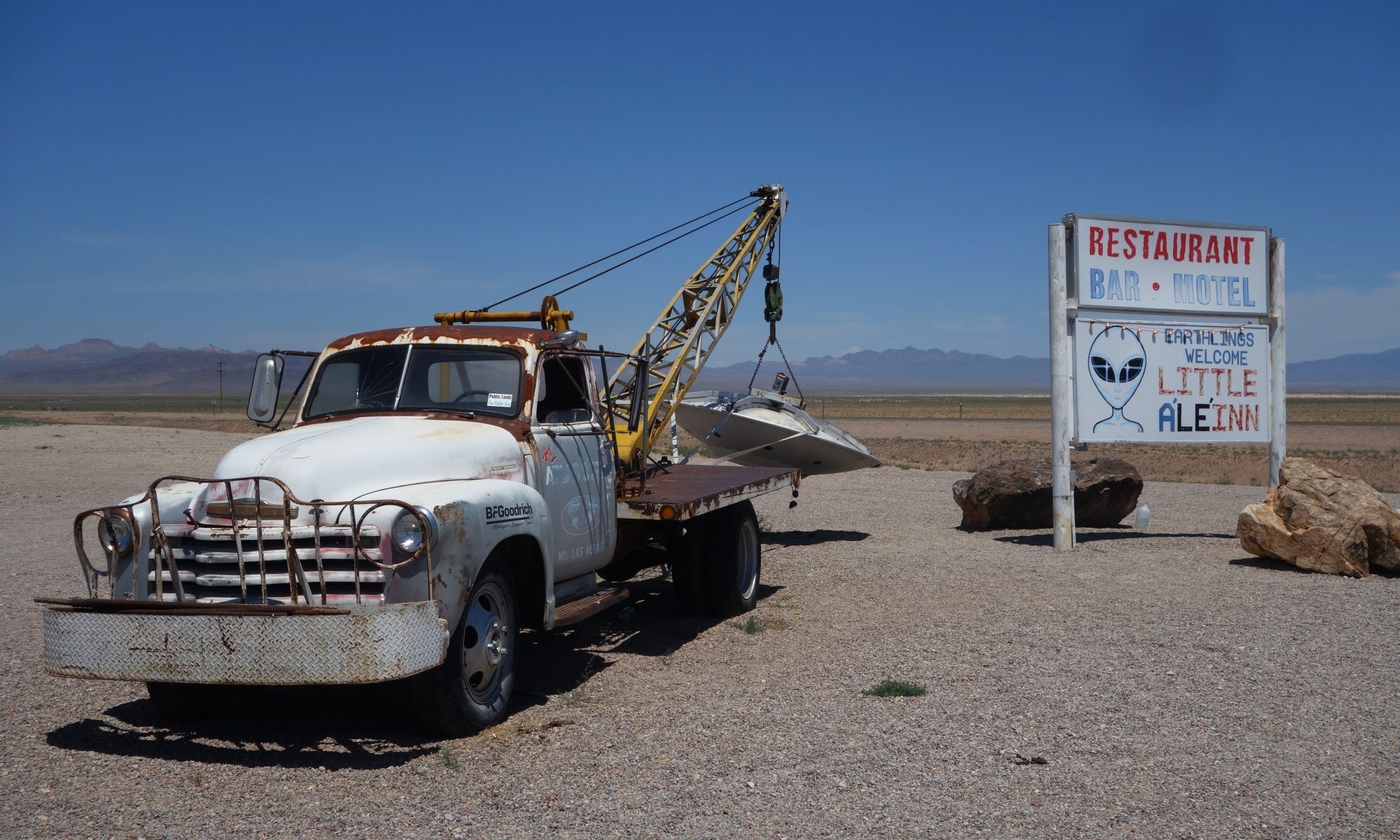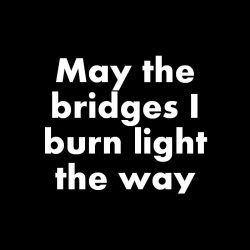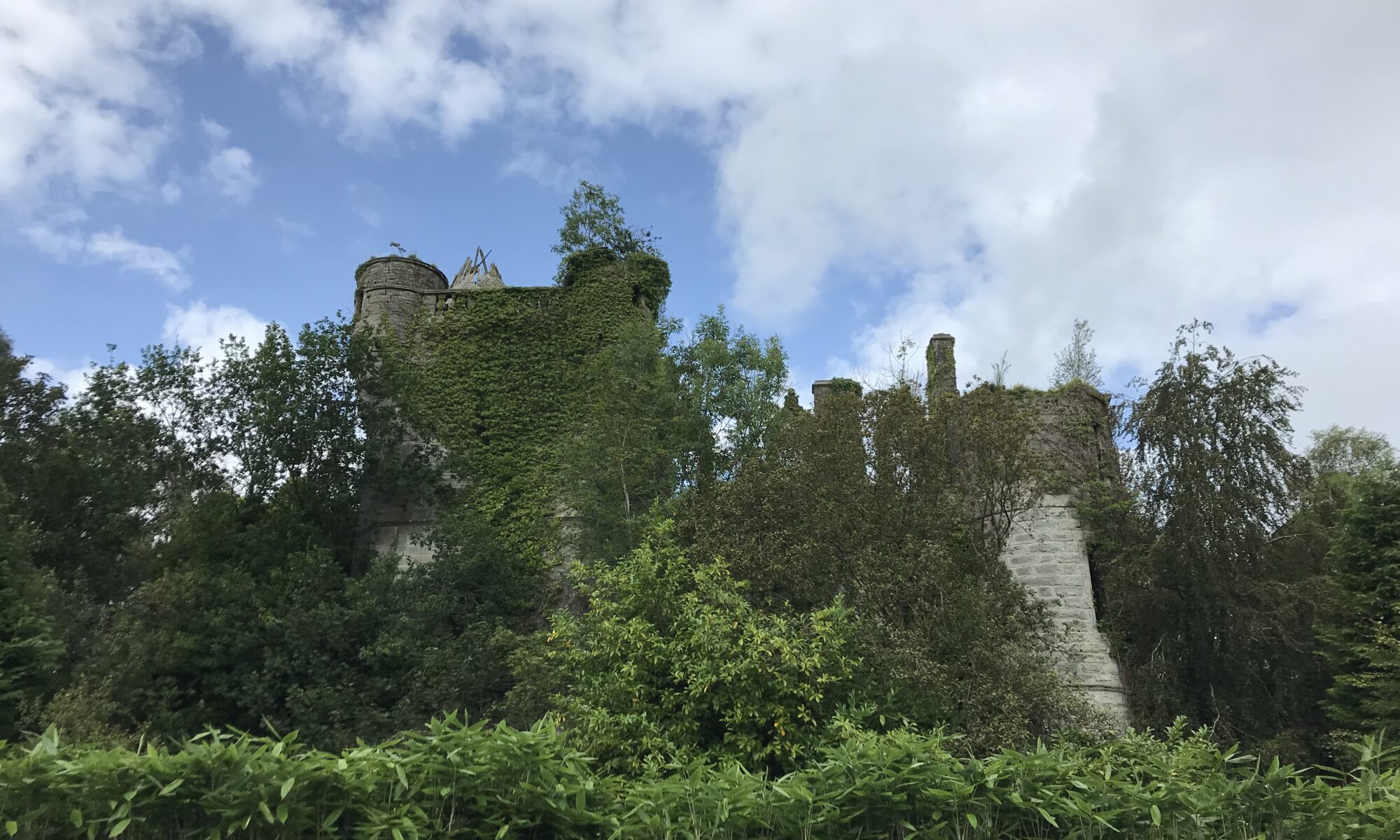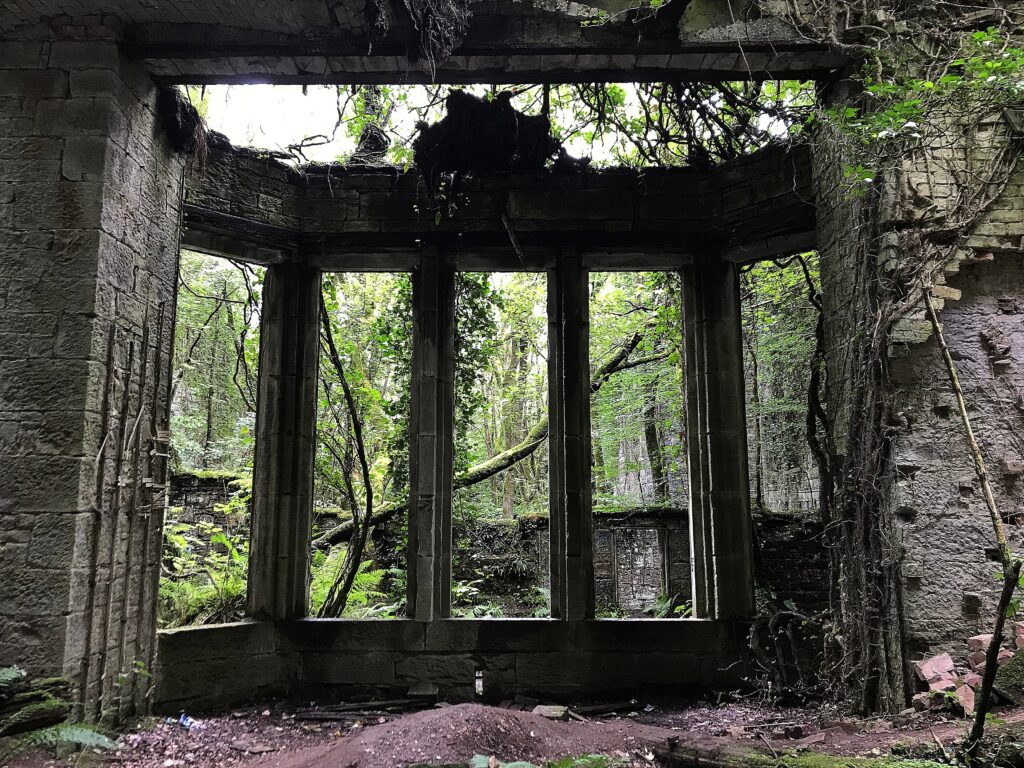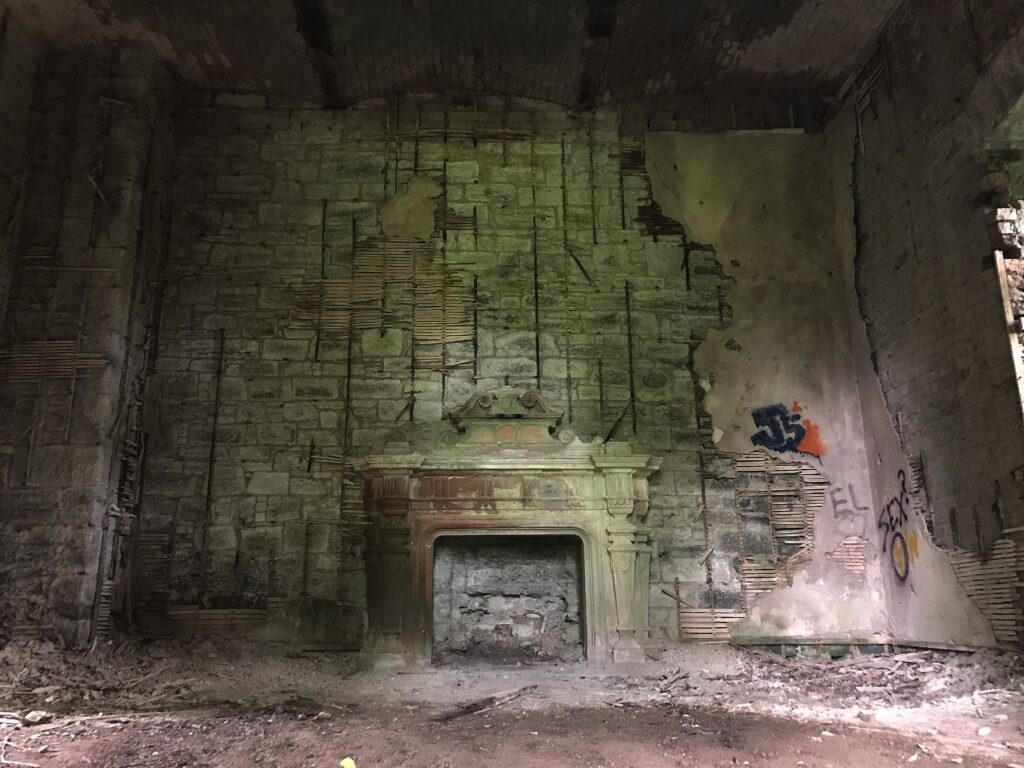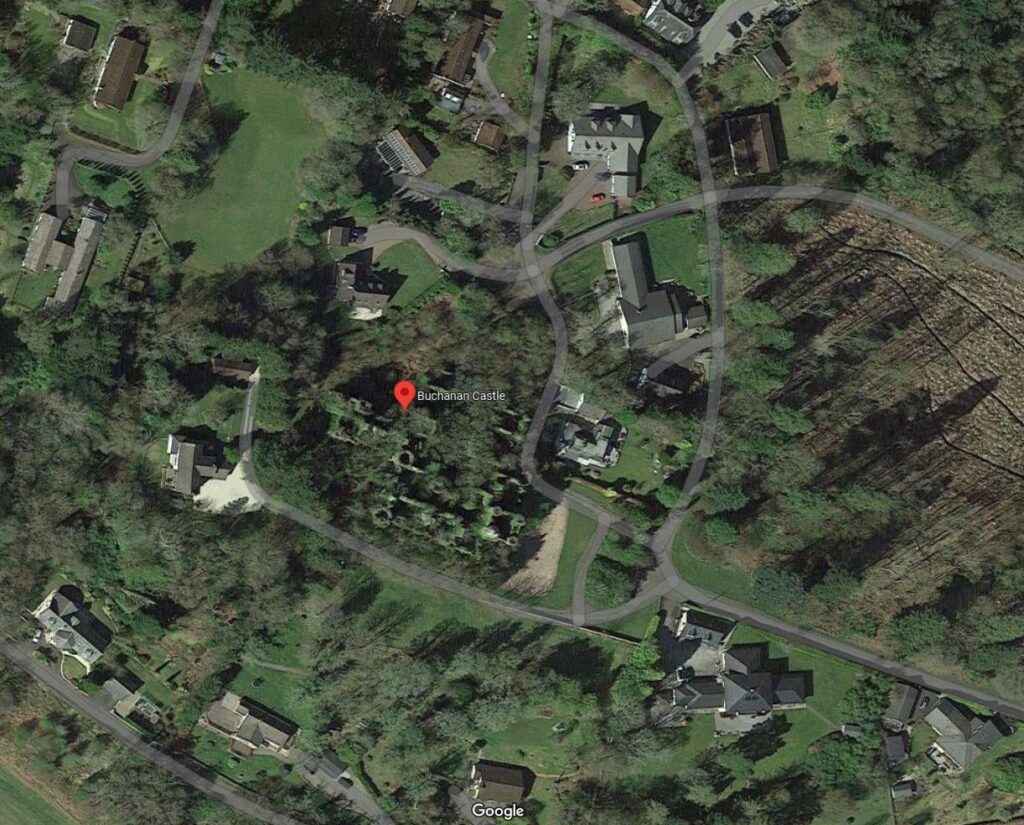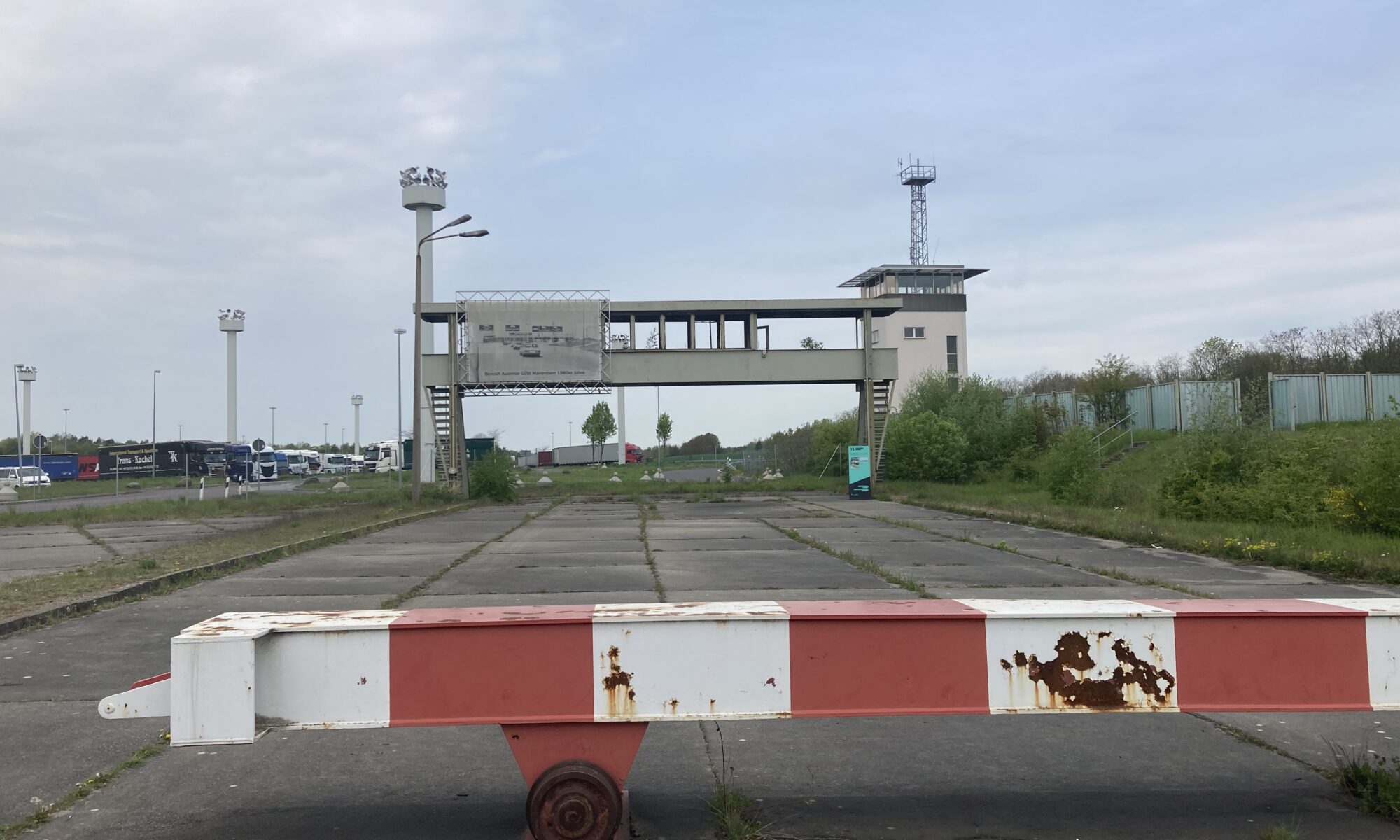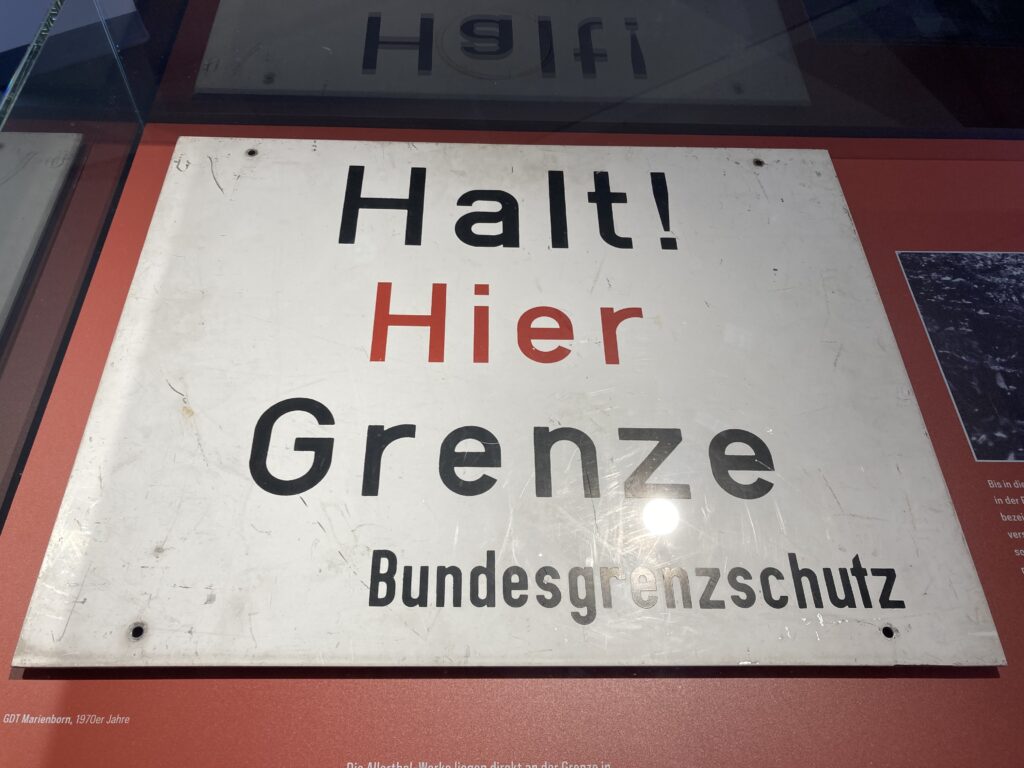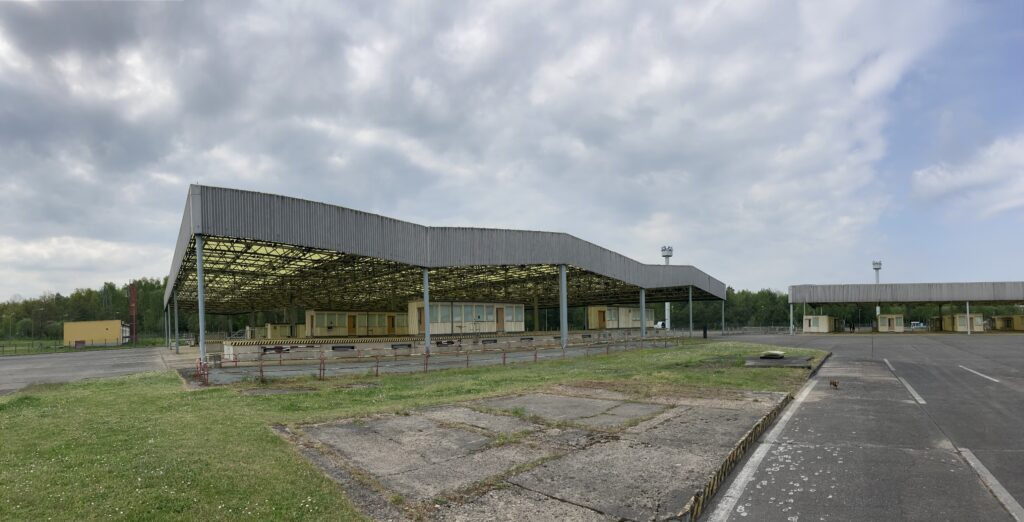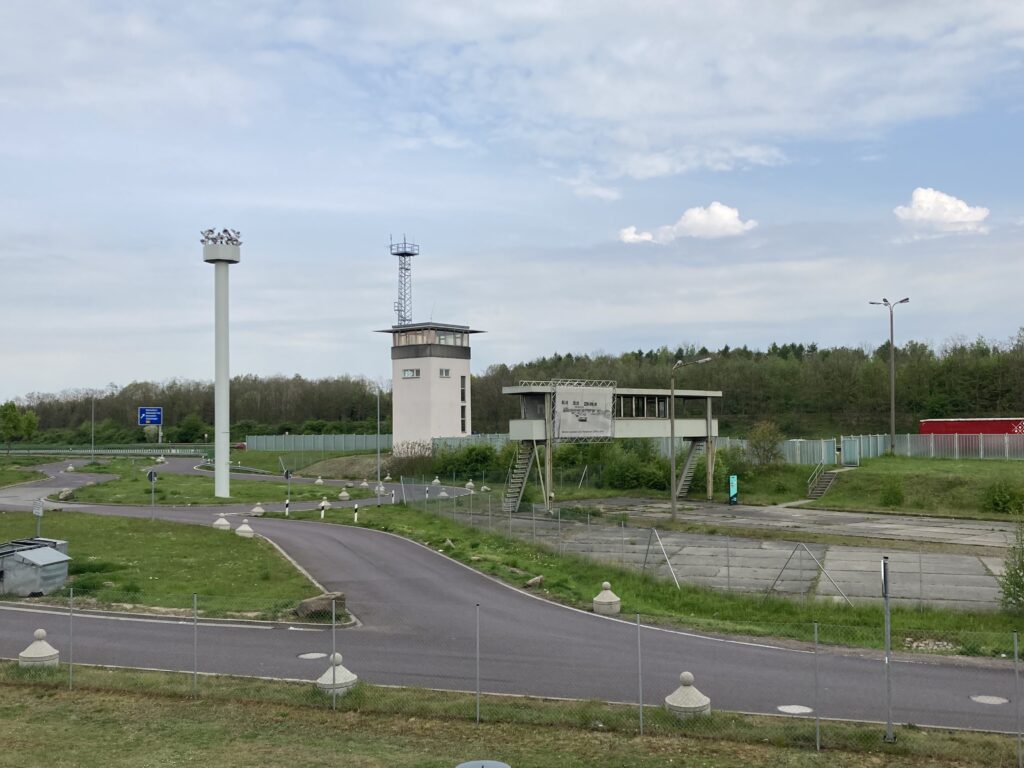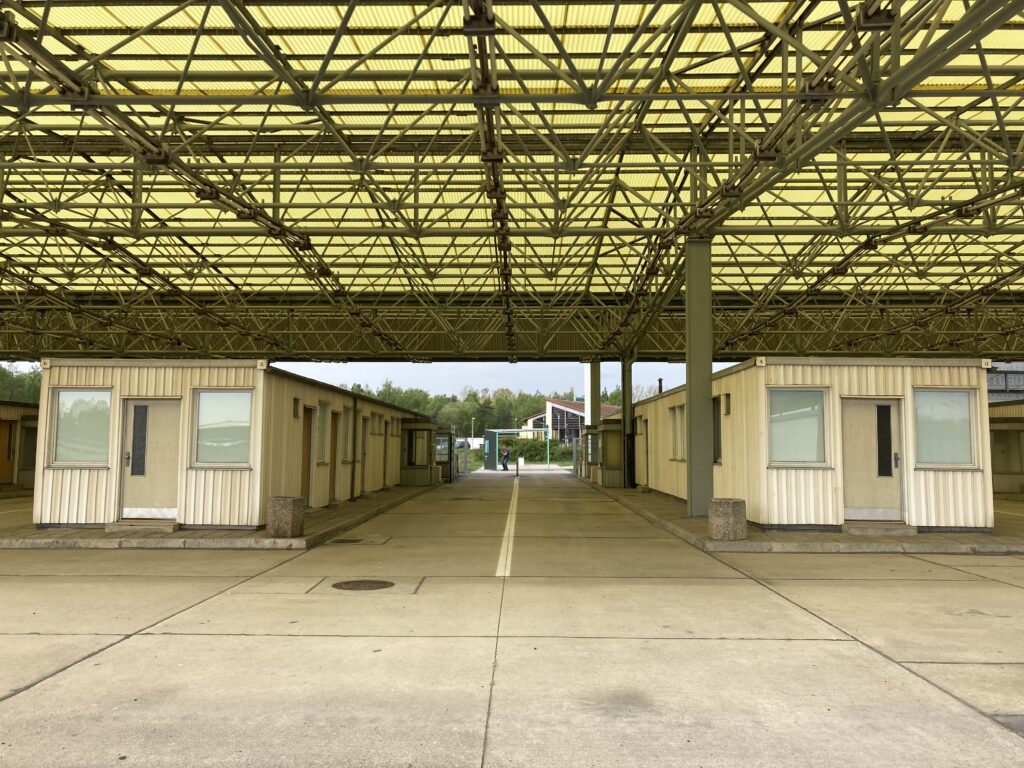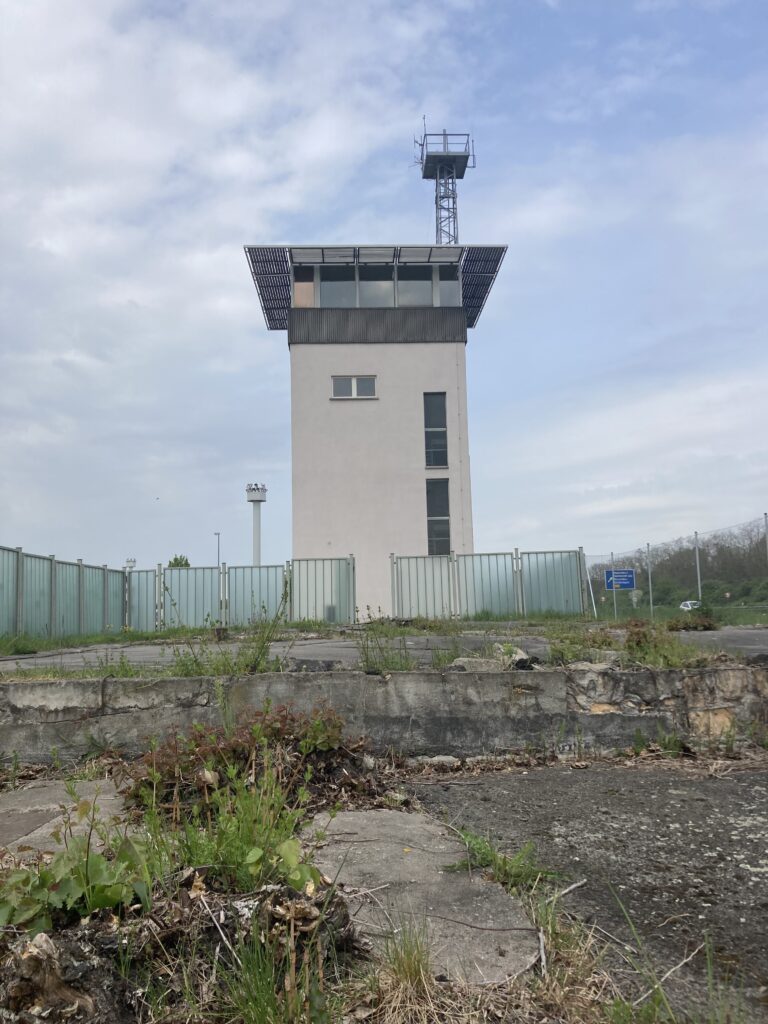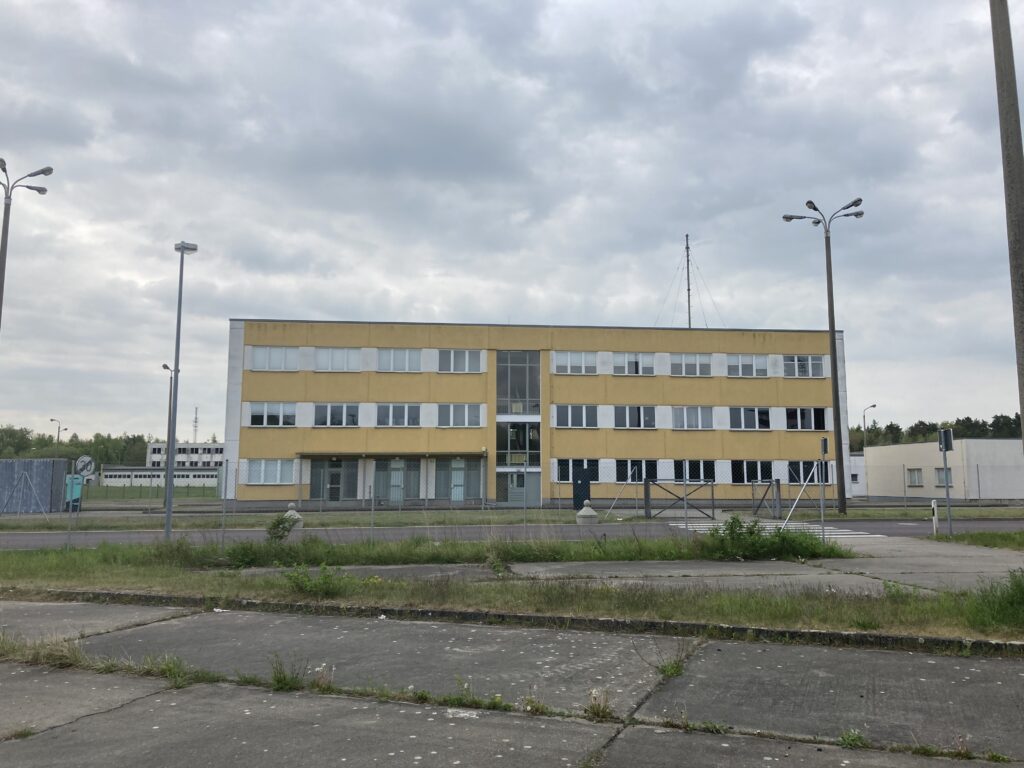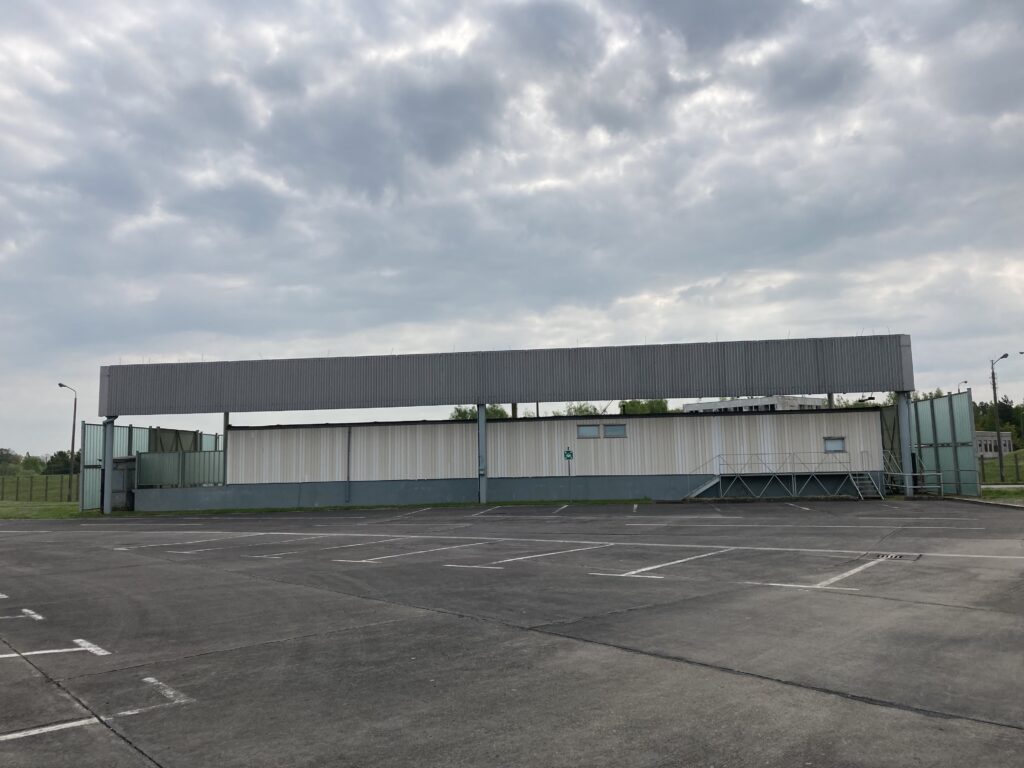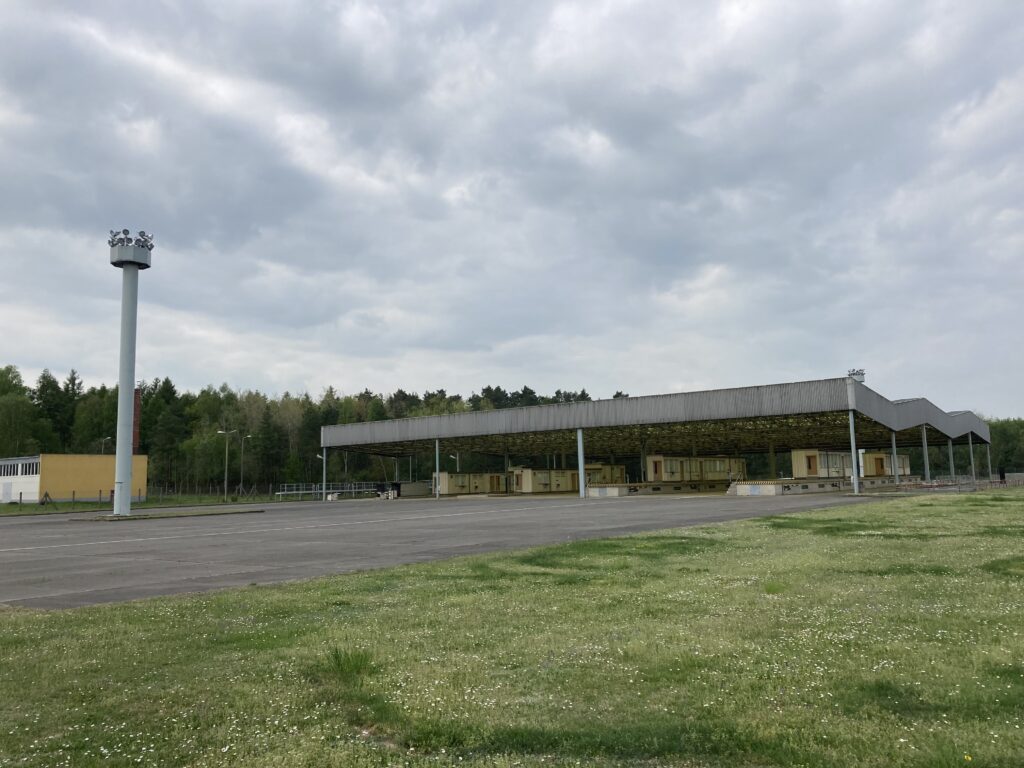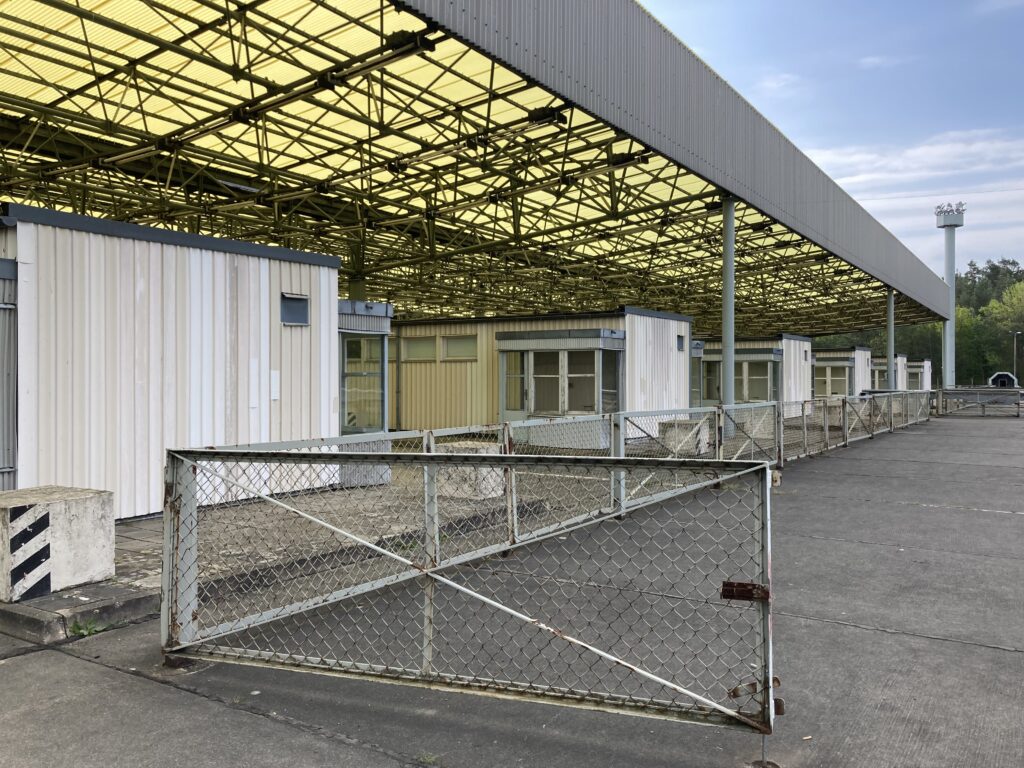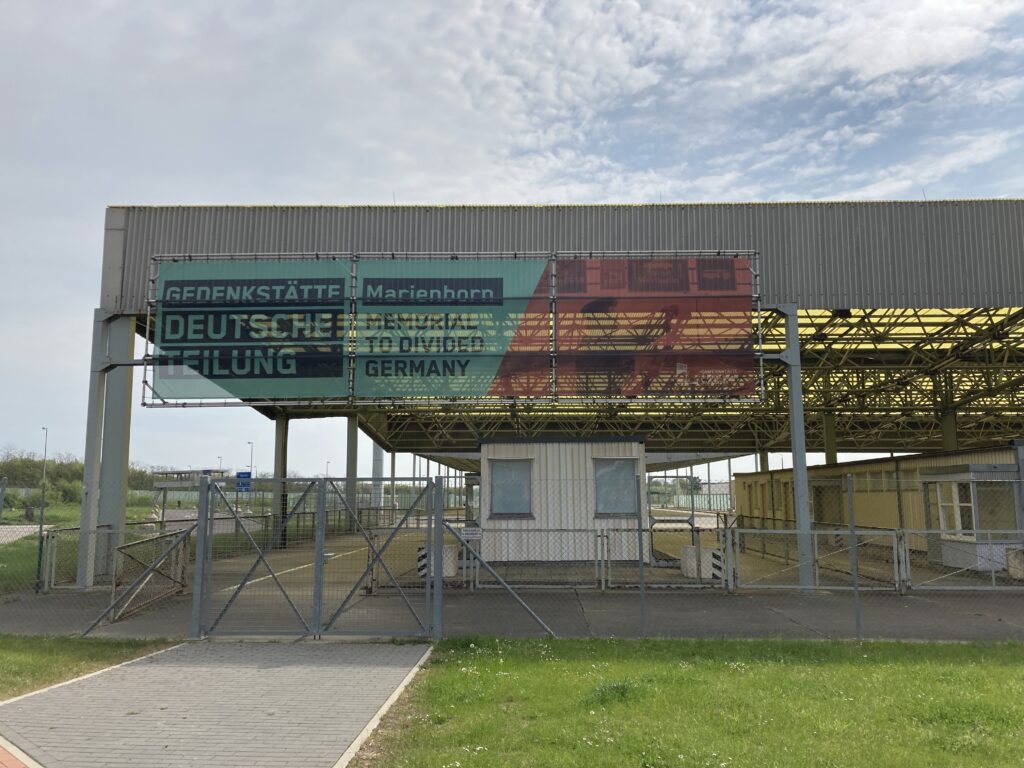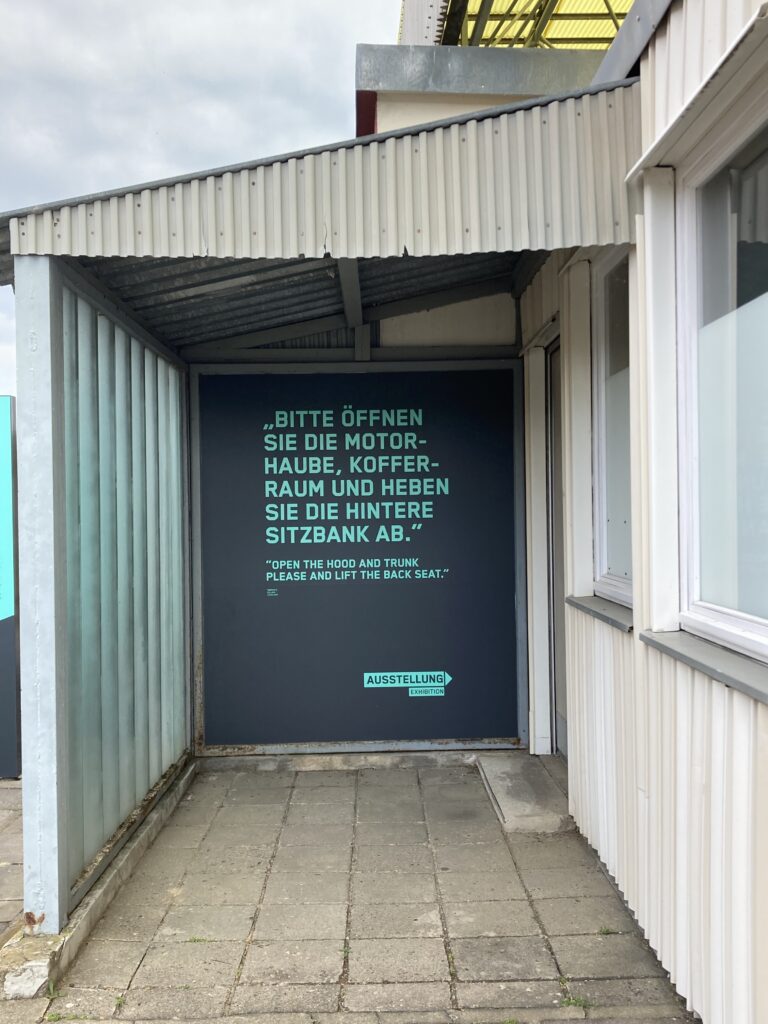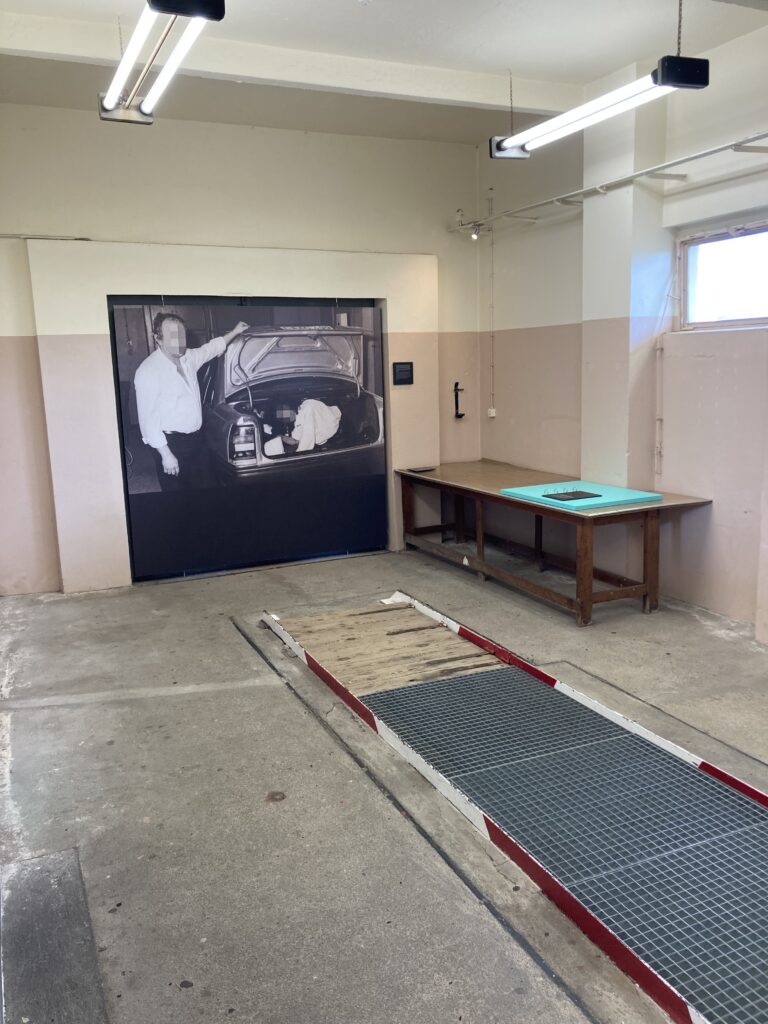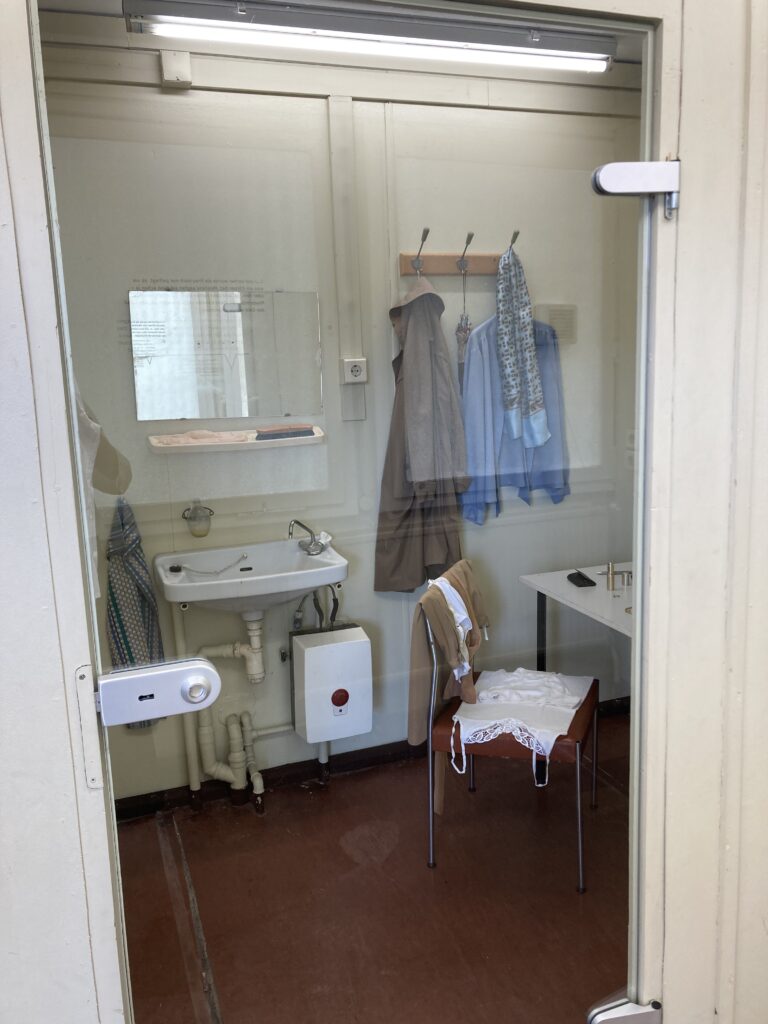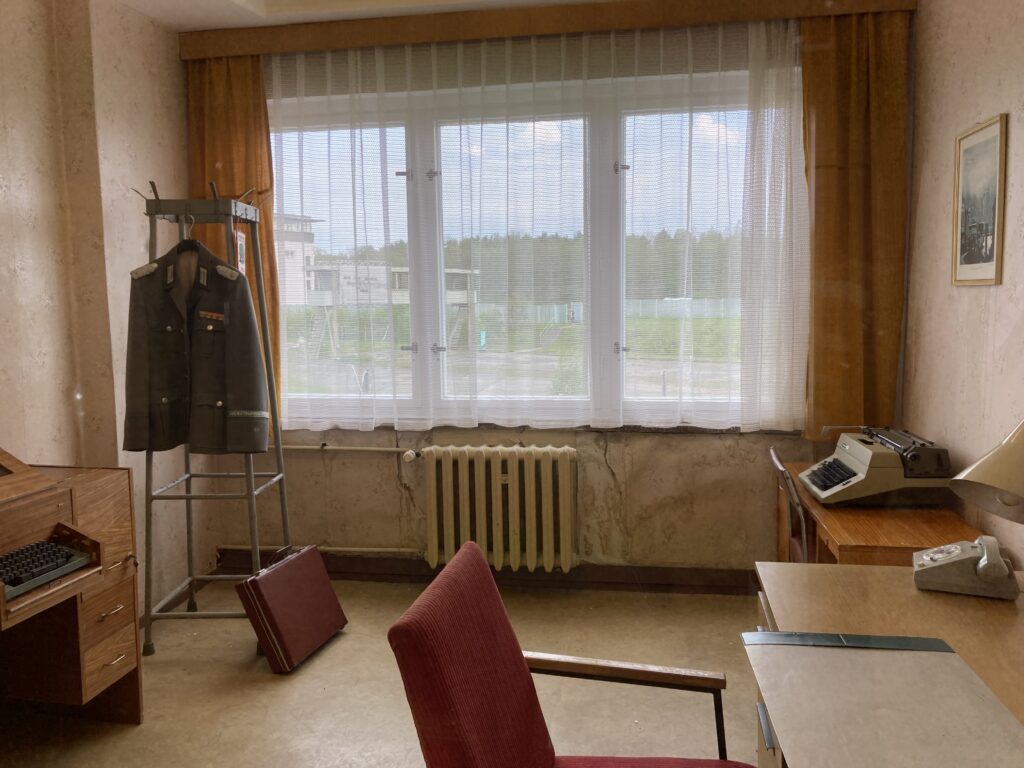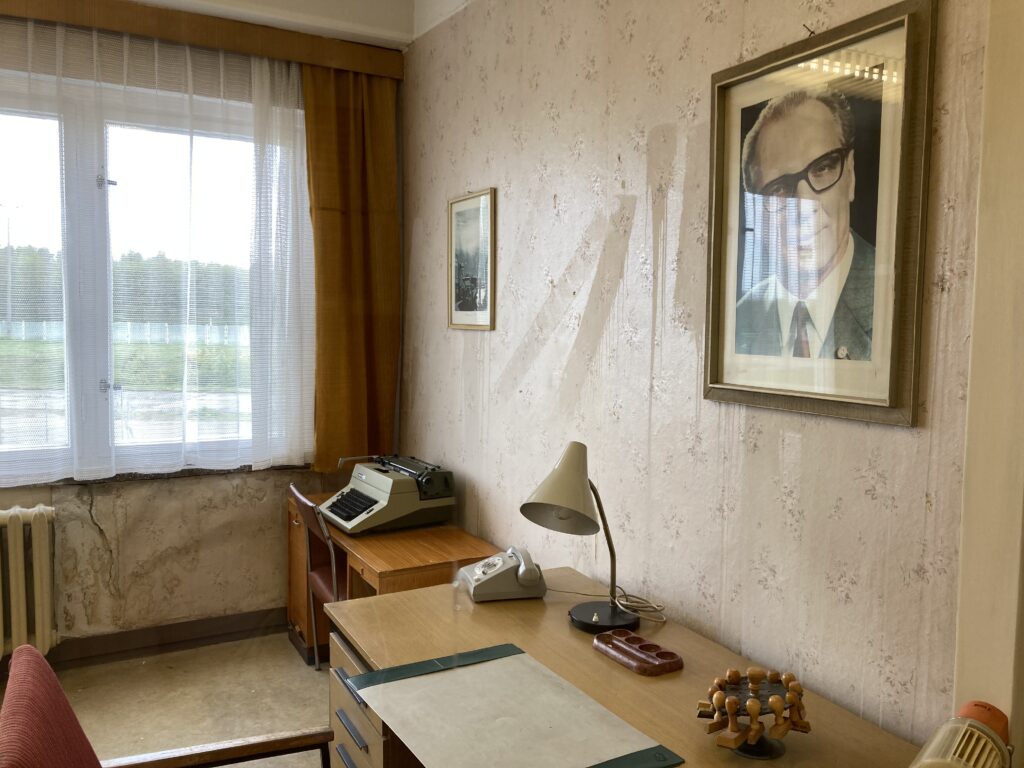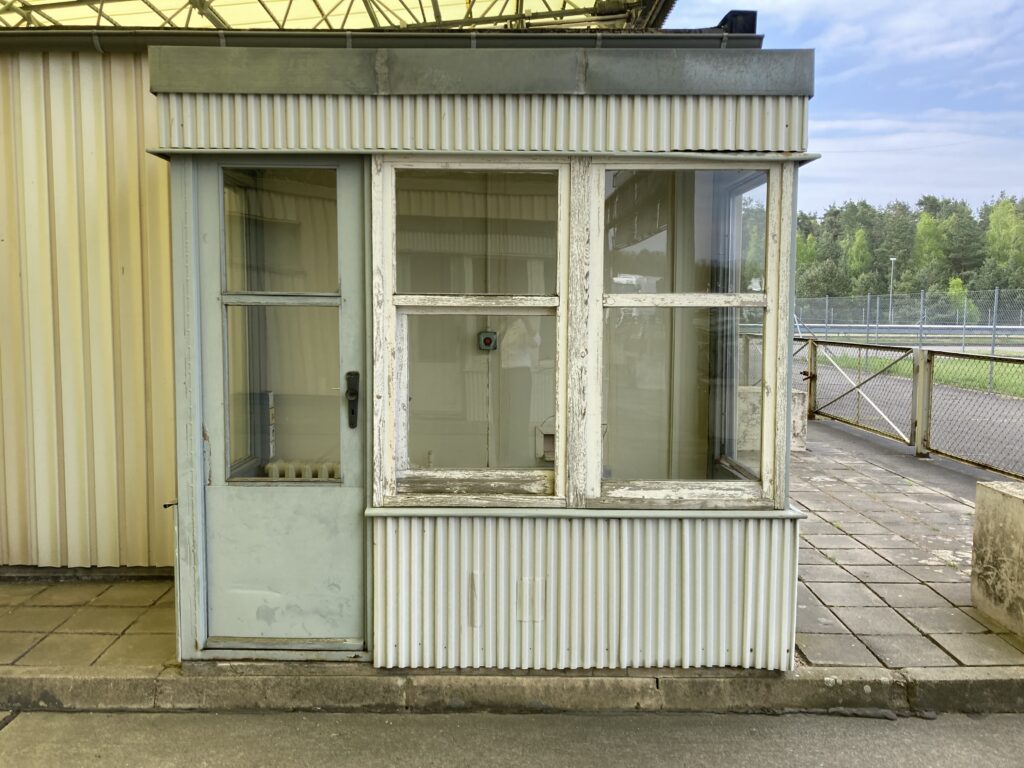The overgrown ruins of the Buchanan Castle seem to be out of place in the middle of a residential estate near the village of Drymen, surrounded by holiday homes and a golf course. The once magnificent Baronial-Style castle was designed by William Burn as a replacement for Buchanan Auld House, the ancestral seat of the Buchanan Clan that burnt down in 1852. The surrounding lands were the property of the Buchanan Clan since at least 1230-es, but by the end of the 17th century the Buchanan estate was gradually sold to satisfy creditors and pay off the debts accumulated by the family. The Graham Clan became the new owners of the estate, but the original name remained.
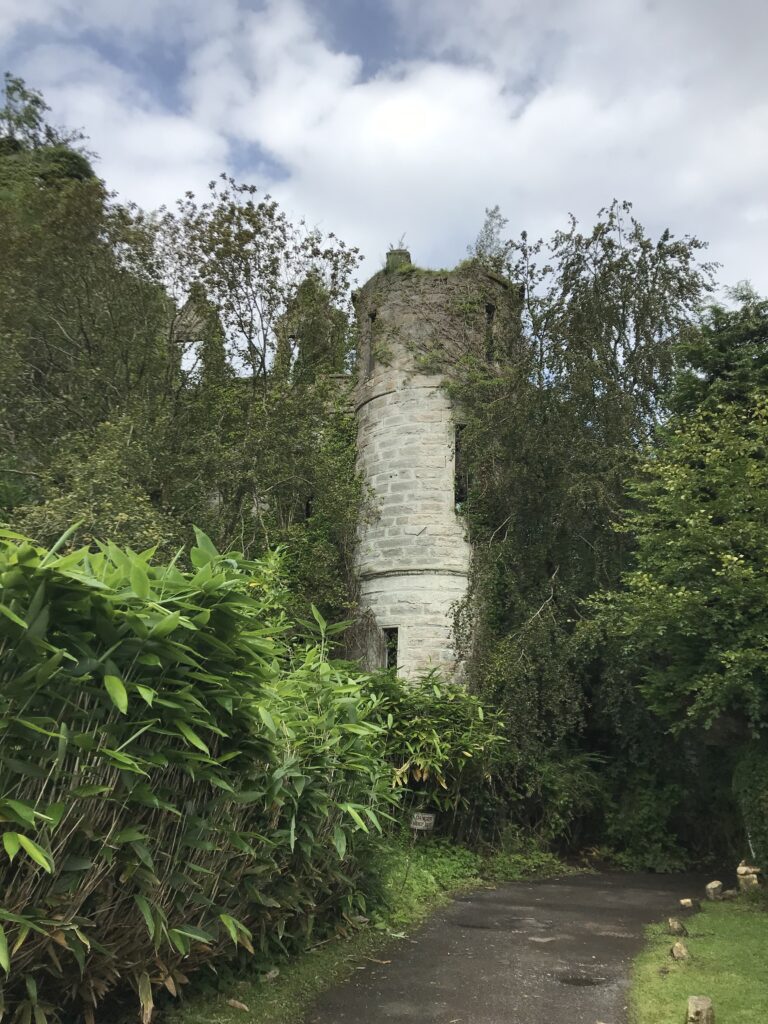
The Buchanan Castle, finished in 1858 0.5 miles (0.80 km) to the southeast of the old house, was a striking structure with pointed towers, tourelles and asymmetrical living areas was built to impress. The Dukes remained at Buchanan until 1925, when it was sold.
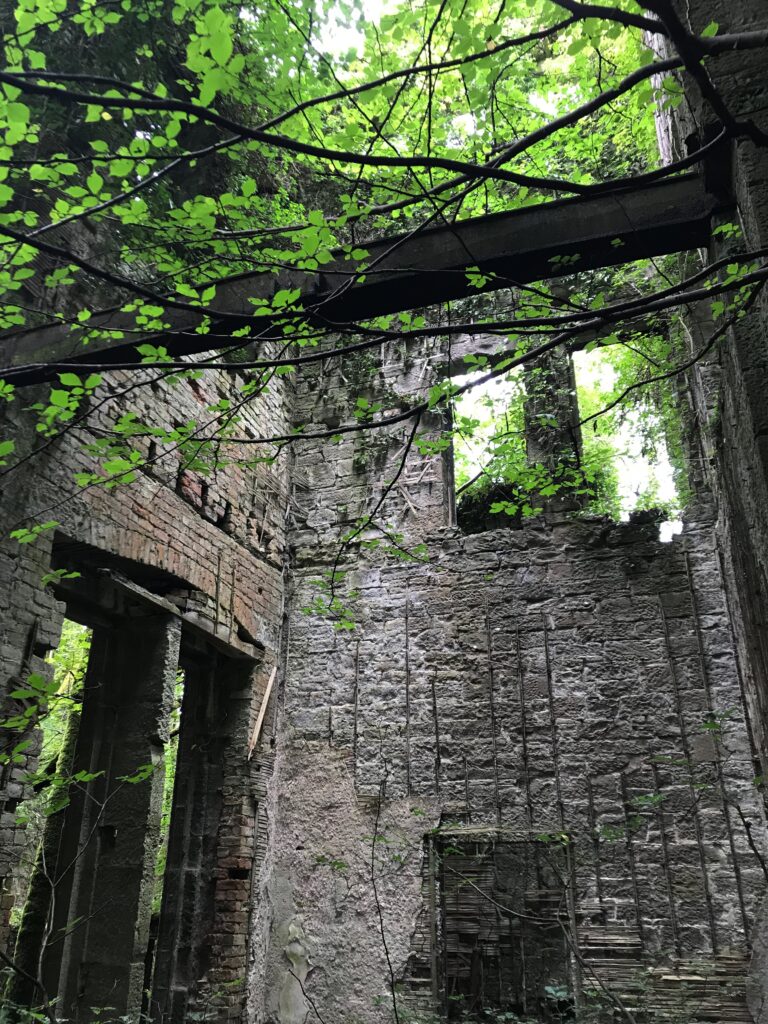
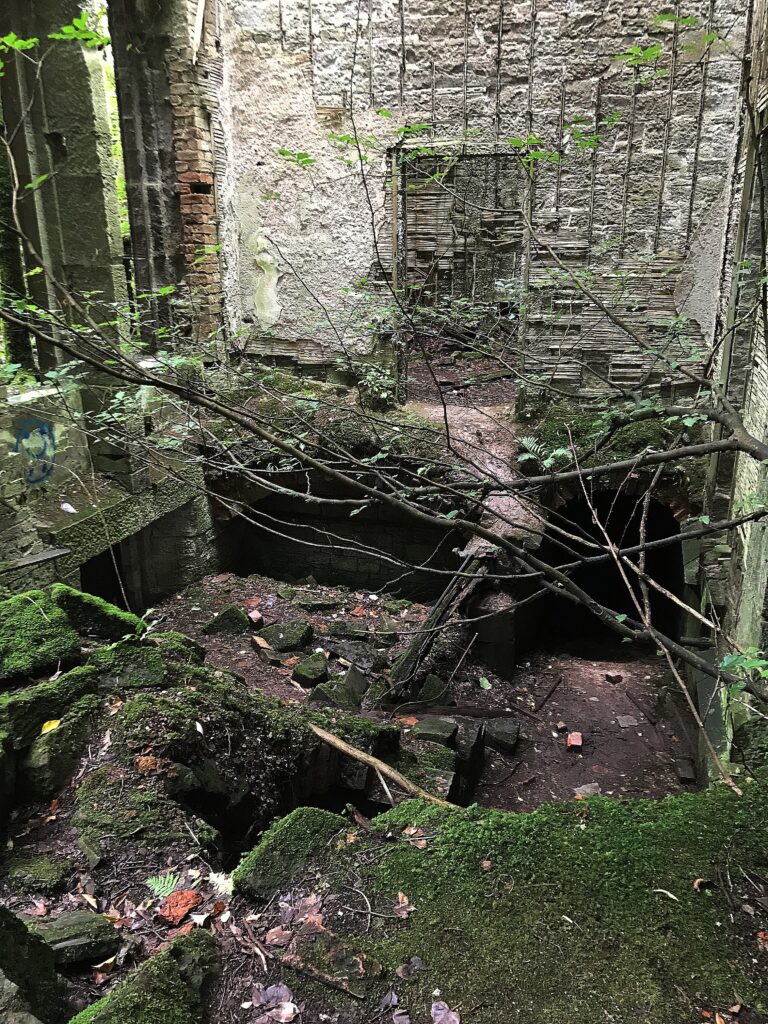
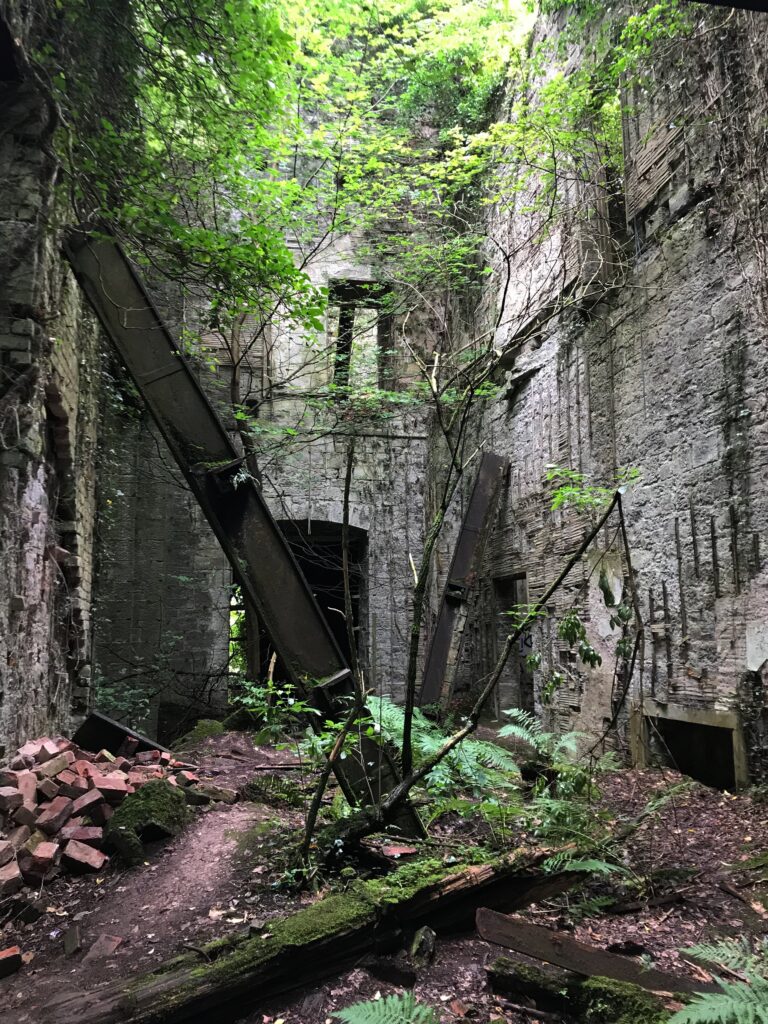
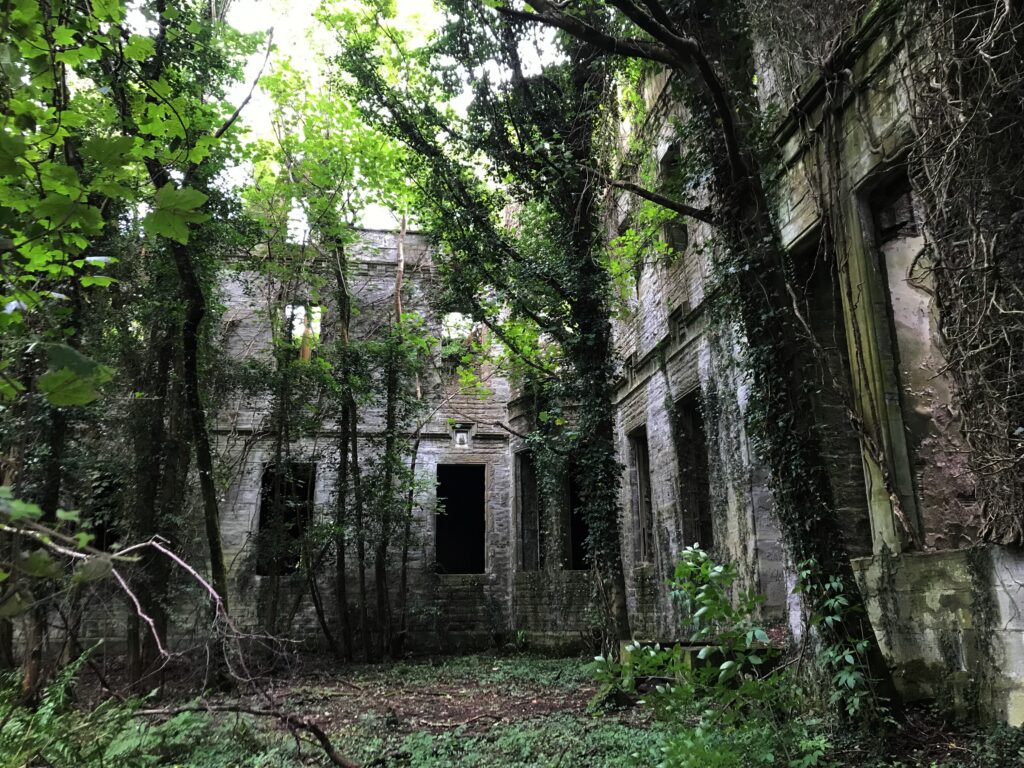
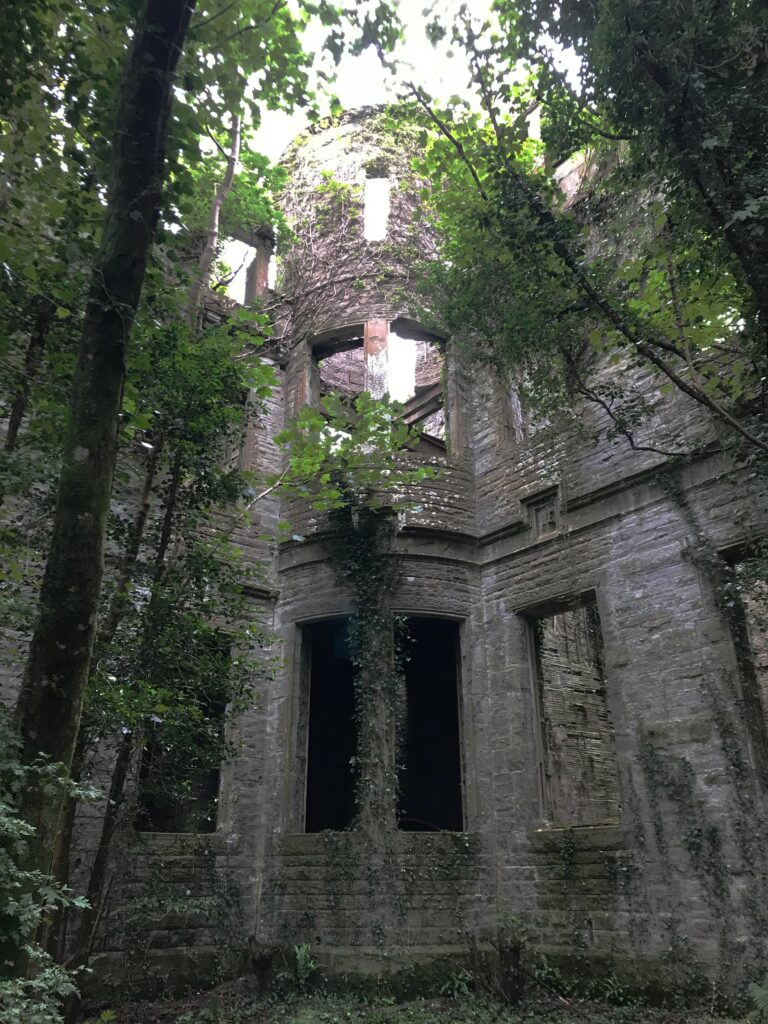
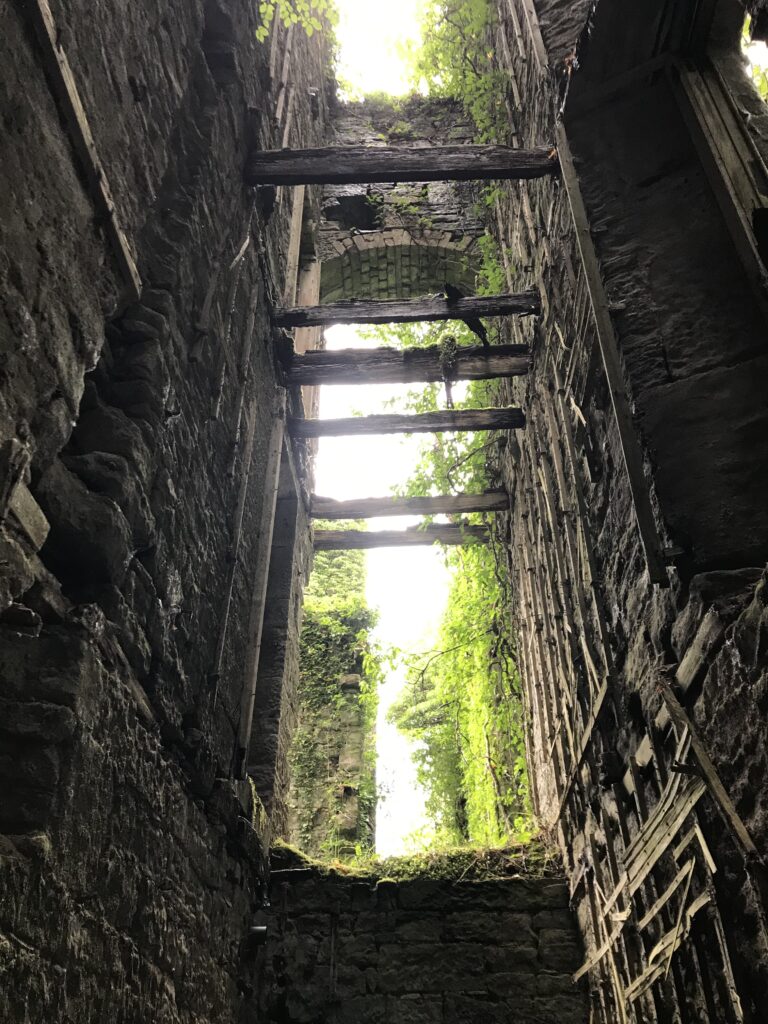
The plans for the Castle to serve as a hotel were cancelled by World War II, when the estate was taken over for the war effort and turned into a hospital. It was during war times, that the Buchanan Castle had briefly witnessed one of the little-known bizzare events of the war, connected with the unsanctioned peace mission of Rudolf Hess.
Rudolf Hess, Hitler’s right-hand man and “Deputy Führer” was briefly treated at the hospital on the Castle grounds after his unsanctioned and failed peace mission. Concerned that Germany would face a war on two fronts as plans progressed for Operation Barbarossa, the invasion of the Soviet Union scheduled to take place in 1941, Hess decided to personally try to bring Britain to the negotiating table. In a bold and mad move, he took a solo flight to Scotland to meet the Duke of Hamilton, whom he had never met, but mistakenly believed to be one of the leaders of a party opposed to war with Germany. Hess learned to fly a plane (a Messerschmitt Bf 110) specially for this mission.
He set flight on May 10, 1941, and despite all taken precautions was detected by the British, ran out of fuel, and had to parachute out of the plane, injuring his foot during landing. He was captured and arrested by the local Home Guard unit. His plane crashed about 12 miles (19 km) west of Dungavel House, the Duke of Hamilton’s home.
The Duke of Hamilton did visit the prisoner in a police station, and Hess outlined to him the reason for his flight as a “mission of humanity“, saying that Hitler “wished to stop the fighting” with England. Hess’ offer was for Britain to let the Nazis have free rein in Europe, and in exchange, Britain would be allowed to maintain its Empire. The Brits did not take the offer, and Hess spent the rest of the was under arrest, until he was transported to Nurnberg to stand trial as a war criminal in 1945.
Upon finding out about Hess’ unsanctioned peace mission, Hitler did not take the news too well. He stripped Hess of all of his party and state offices, abolished the post of Deputy Führer, and ordered Hess to be shot on sight if he ever returned to Germany.
After the war ended the building was briefly used as the Army School of Education. The roof was removed from the Castle in 1954 to avoid paying tax on the property and outlying parts of the building were partly demolished and left to nature. A number of residential buildings were subsequently built in the castle gardens and grounds, almost completely swallowing the building. The ruins, however, remain the official seat of the Graham Clan.
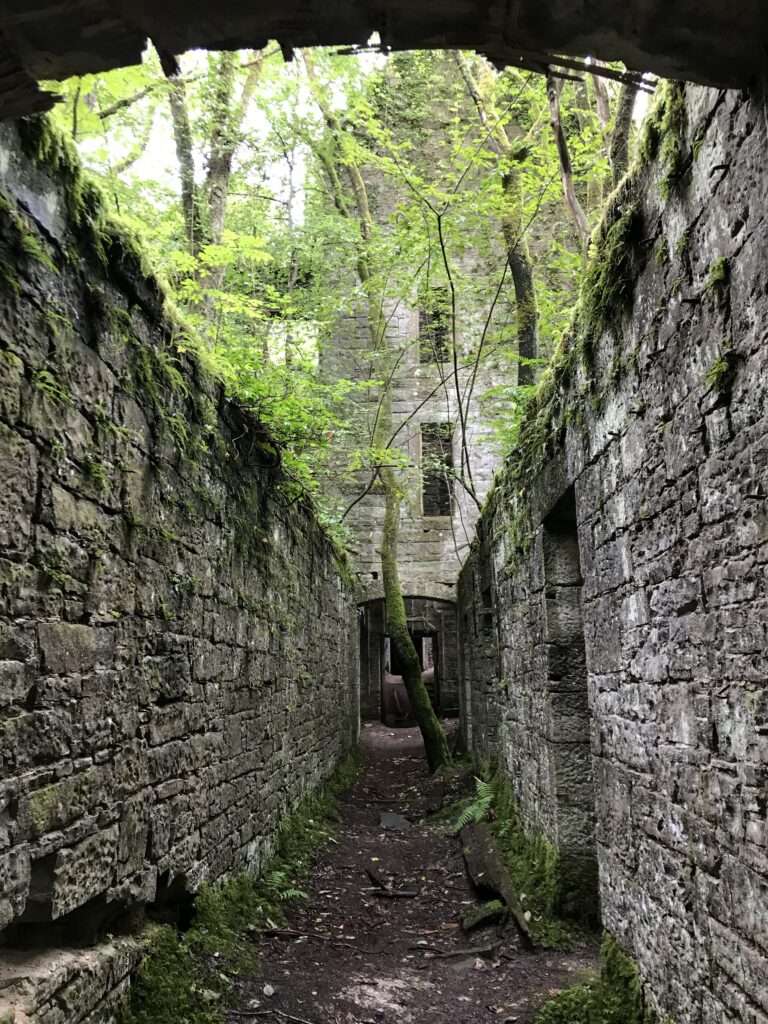
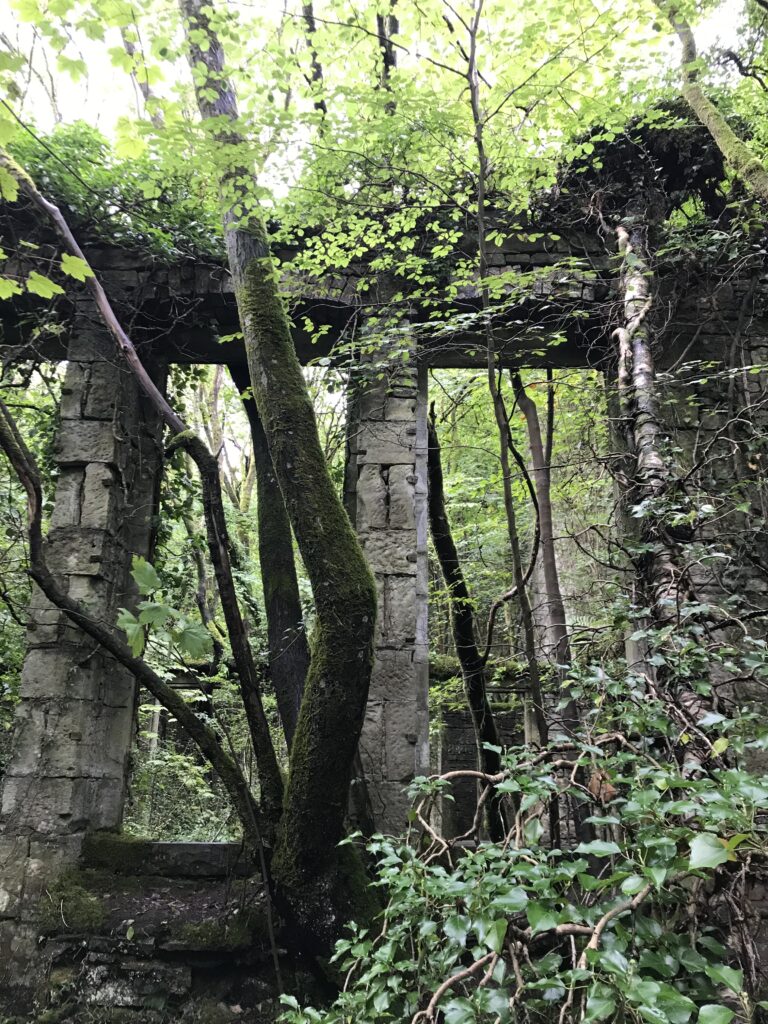
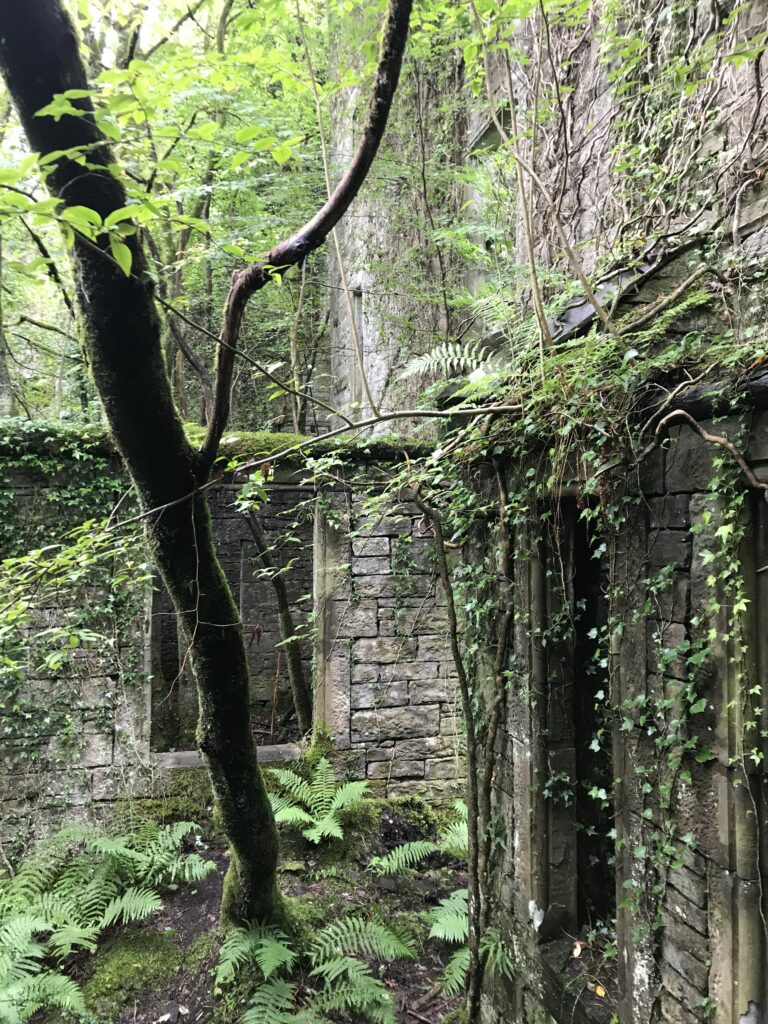
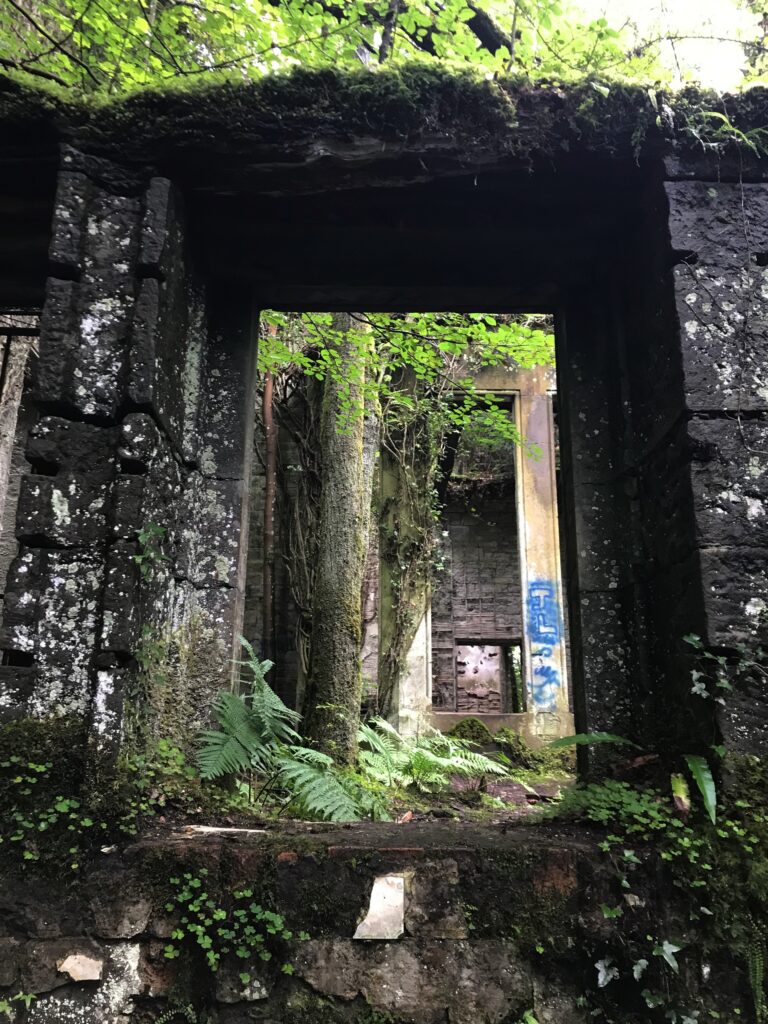
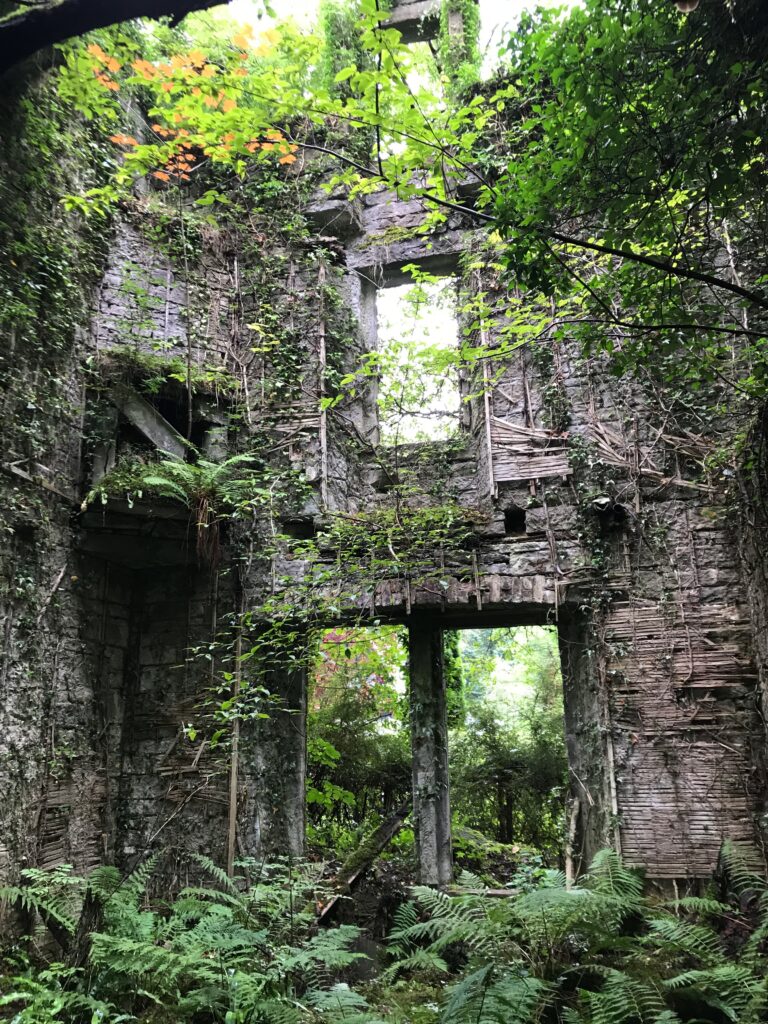
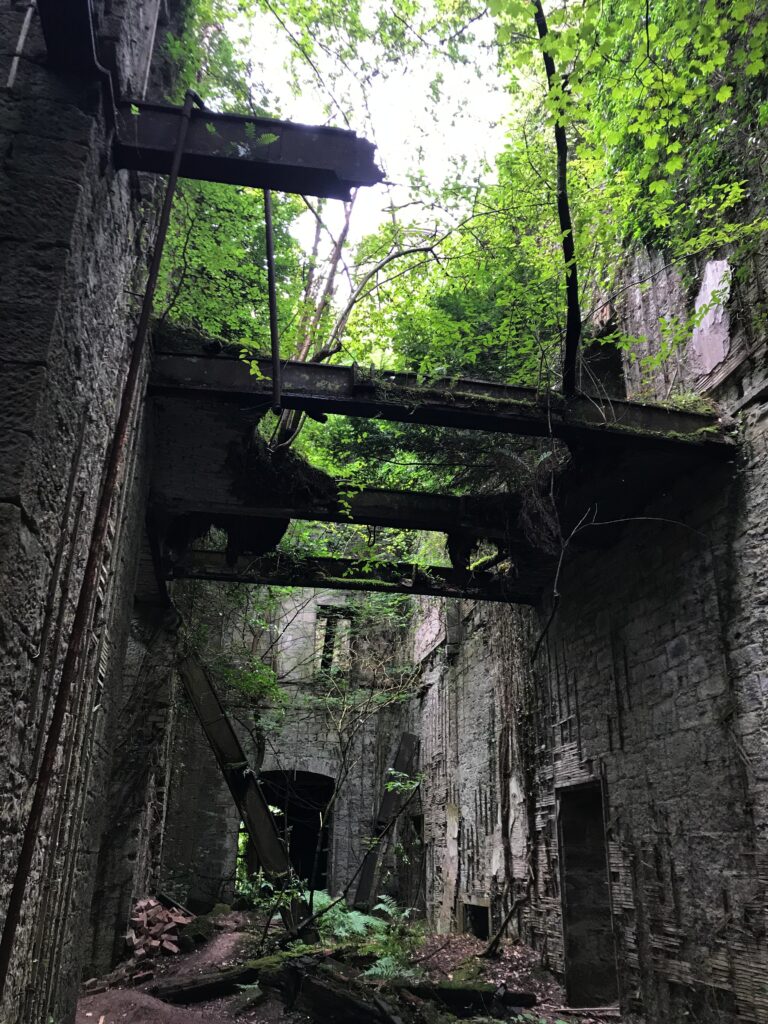
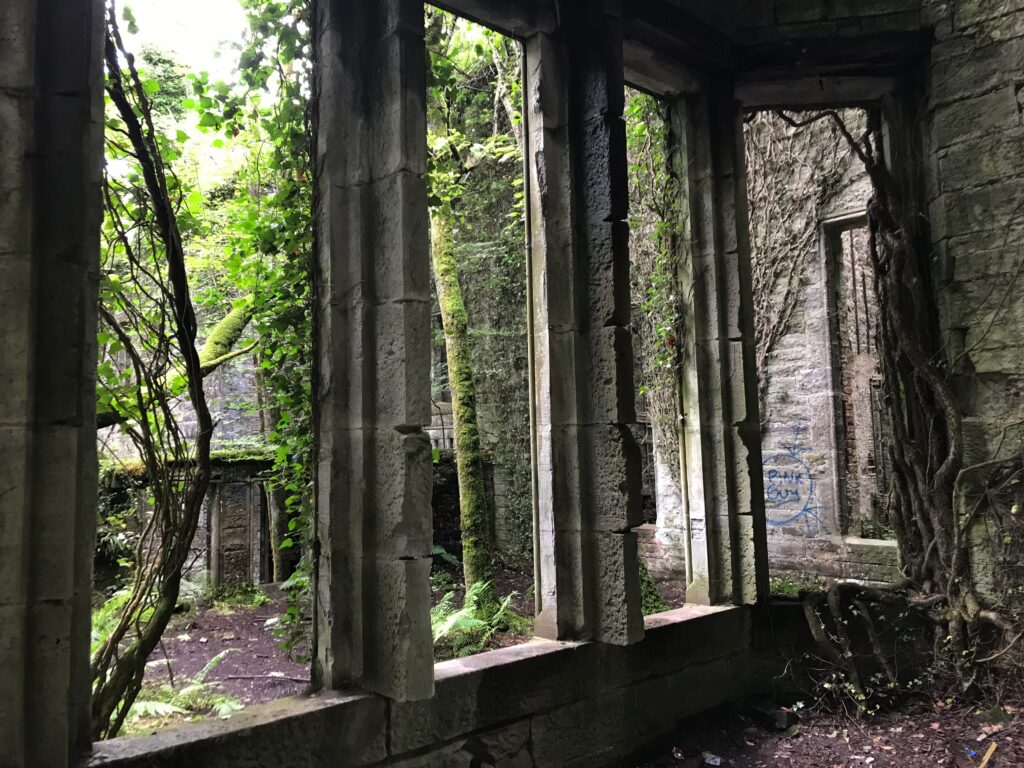
In 2019 one could still get inside the ruins, but as of April 2021 the castle has been fenced off and is now best viewed from a safe distance.
Buchanan Castle is a category B listed building, and is included on the Buildings at Risk Register for Scotland. Proposals were put forward for redevelopment of the building as flats in 2002 and 2004, but both applications were refused planning permission.
